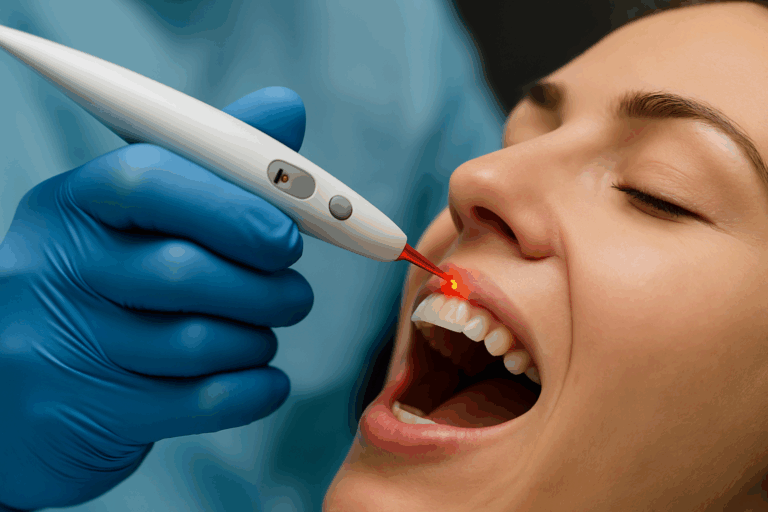TREATMENTS
Implants, Jaw Surgery and Aesthetic Dental Treatments in Antalya
Dental Implant Treatment, replacing missing teeth titanium screws It's a modern treatment method that offers the closest solution to natural teeth. Implants placed in the jawbone fuse with the bone over time, and prosthetic teeth are attached.
Advantages
It has the appearance and function of natural teeth.
Improves chewing and speaking functions
Does not harm neighboring teeth
It is long lasting and durable
implant treatmentIt is successfully performed on individuals with adequate bone volume and good general health. Thanks to advanced technology, advanced age, bone loss, or chronic illnesses are often no longer obstacles.
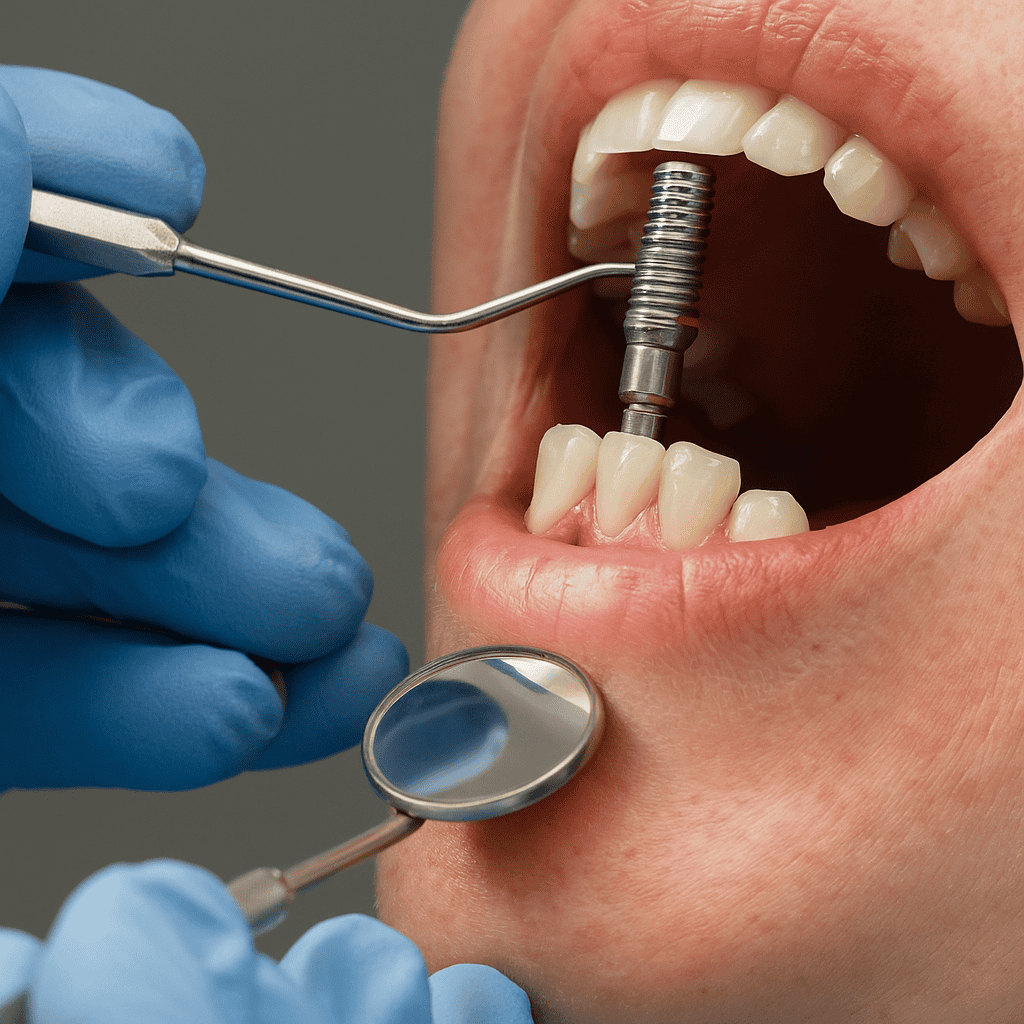
It is a field of expertise that covers surgical procedures for bones, teeth, soft tissues and pathological formations in the mouth and jaw region.
Tooth and Impacted Tooth Extractions: Teeth that require extraction due to reasons such as decay, infection, or impaction are surgically removed under local or general anesthesia.
Jaw Cysts: Cysts, which are usually asymptomatic and detected late, are surgically removed. If left untreated, they can cause jawbone damage.
Jaw Tumors: Tumors, whether benign or malignant, are surgically removed. Diagnosis is made by pathological examination.
Apicalectomy: It is a surgical root tip cleaning procedure performed on teeth with chronic infection at the root tip.
Abscesses and Infections: Oral abscesses and jaw infections can have serious systemic consequences if left untreated. Initially, drainage and antibiotics may be necessary, followed by root canal treatment or extraction.
Periodontal Surgeries: These are surgeries aimed at repairing the gums and supporting tissues. Procedures such as flap surgery, bone grafts, and soft tissue grafts may be performed.
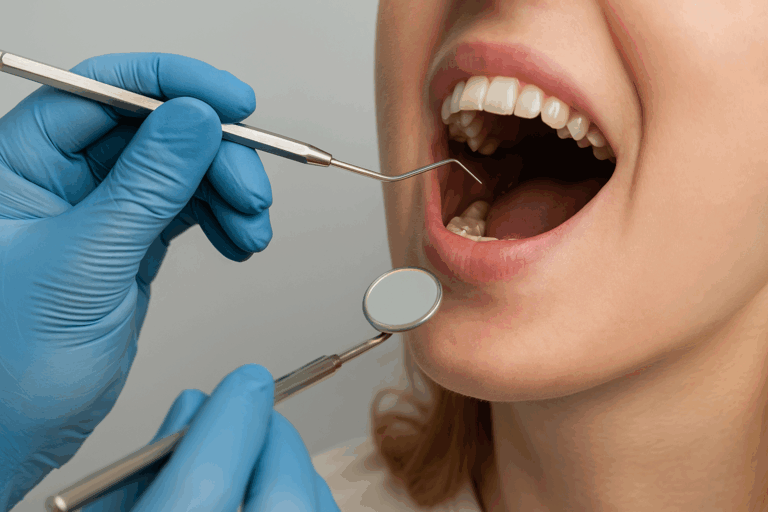
Temporomandibular joint (TMJ) It is a movable structure that connects the lower jaw to the skull. Disorders in this joint cause pain and loss of function affecting the chewing muscles.
Pain when opening the mouth, clicking sound, jaw locking
Pain in the face, ear, head and neck area
Difficulty chewing, jaw stiffness in the morning
There may be symptoms such as changes in the closing of the teeth and facial asymmetry.
The reasons are
Traumas, missing teeth, one-sided chewing
Teeth clenching/grinding, stress, orthodontic disorders
Rheumatic and autoimmune diseases
There may be developmental or degenerative diseases of the joint.
While mild cases are treated with conservative or minimally invasive methods, advanced cases may require surgical treatment:
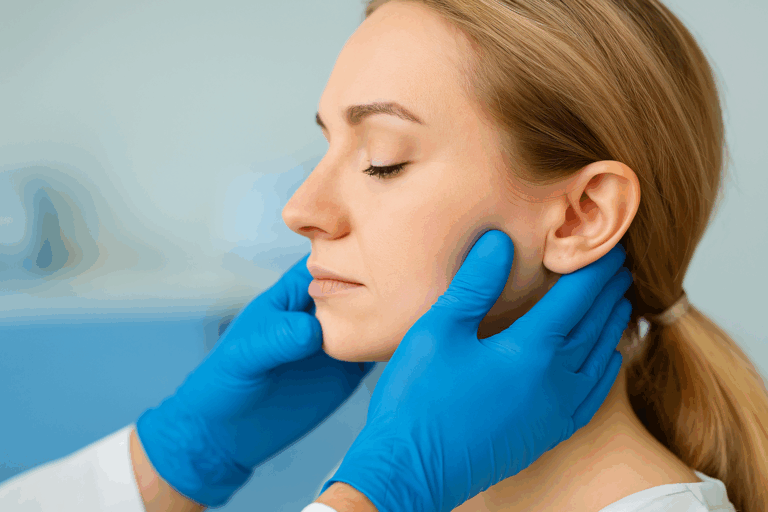
Cosmetic dentistry is a field that aims to achieve aesthetic and functional results by improving the appearance of teeth and gums. This field treats tooth decay, wear and tear, discoloration, fractures, deformities, and mild misalignments.
1. Aesthetic Filling-Bonding
With composite (white) fillings, the shape, size and color of the tooth are corrected aesthetically.
Bonding procedures are performed with minimal intervention to the dental tissue.
It is aesthetically successful, economical and patient-friendly.
By paying attention to the golden ratio rules, results close to natural are obtained.
2. Porcelain Inlay-Onlay Filling
It is applied in cases where there is a lot of tooth tissue loss, especially in the back teeth.
Porcelain fillings, which are custom-made in the laboratory, are made in two sessions.
It is more aesthetic and long-lasting than composite fillings.
It is ideal as a crown alternative for fragile teeth with root canal treatment.
It is resistant to discoloration, has high edge adaptation, and has a low risk of caries.
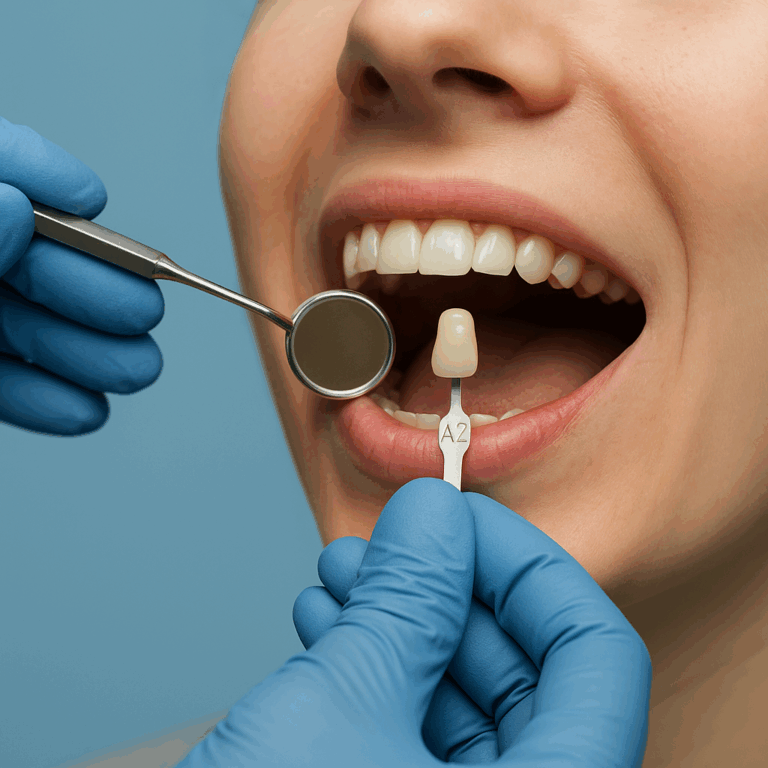
Bruxism, person clenching or grinding one's teeth It is a jaw disorder characterized by: during sleep happens unconsciously, but during the day during stress moments. It can also be seen
Symptoms
- jaw pain
- Headache
- Wear on teeth
- Discomfort around the ear
- Discomfort around the ear
Reasons
- Stress and anxiety
- sleep disorders
- Tooth alignment disorders
- Some neurological or systemic diseases
Treatment
- Night guard (transparent dental protector)
- stress management
- Botox applications for the jaw muscles if necessary
early diagnosisis of great importance to prevent permanent damage to the teeth.
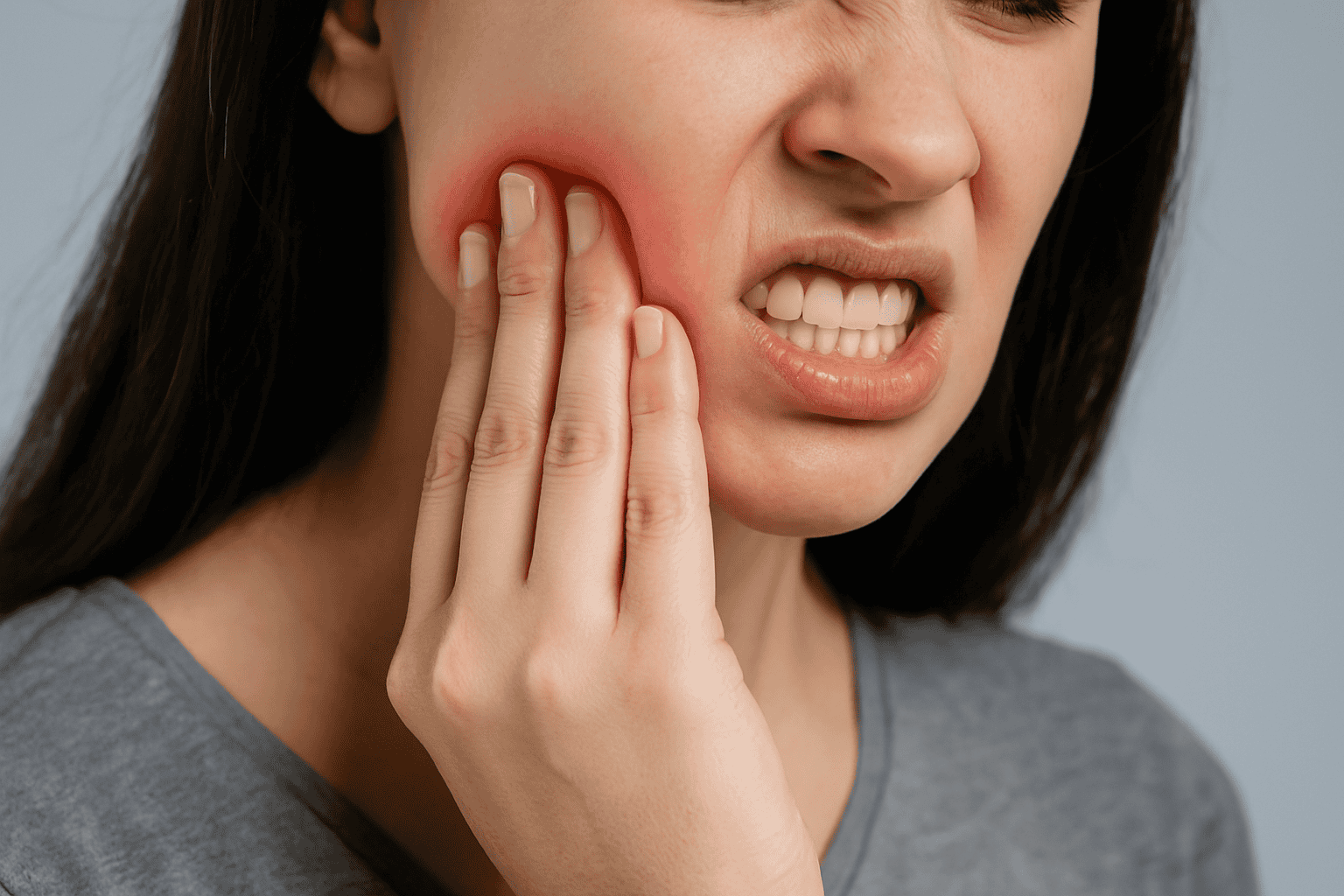
wisdom teeth (third molars) are the teeth located at the very back of the mouth, usually appearing between the ages of 17 and 25. When there is not enough space in the jaw Because or they are the last teeth to appear .
Problems can be caused by:
Pain and swelling
Infection
Pressure on neighboring teeth
gingivitis
cyst formation
Treatment: Problematic wisdom teeth are often removed by surgical intervention.Wisdom teeth that are not impacted and have emerged properly can be monitored without being extracted.
Regular X-ray checkups are important for early detection of wisdom teeth condition.
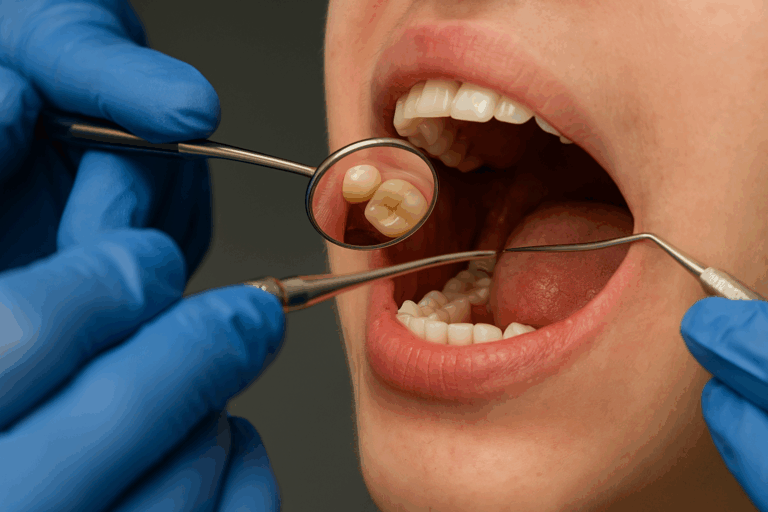
Impacted ToothImpacted teeth are teeth that remain in the jawbone and cannot come out into the mouth even though the time has come for them to erupt. The most common impacted teethare wisdom teeth, canines, and third molars.
Reasons:
jaw stenosis
Tooth development in the wrong direction
Gum or bone obstructions
Symptoms:
Swelling, pain, jaw locking
Pressure and crowding on neighboring teeth
Infection, cyst formation
Treatment: It is usually removed surgically. Early intervention reduces the risk of complications.
With regular dental checkups, impacted teeth can be detected and monitored in a timely manner.
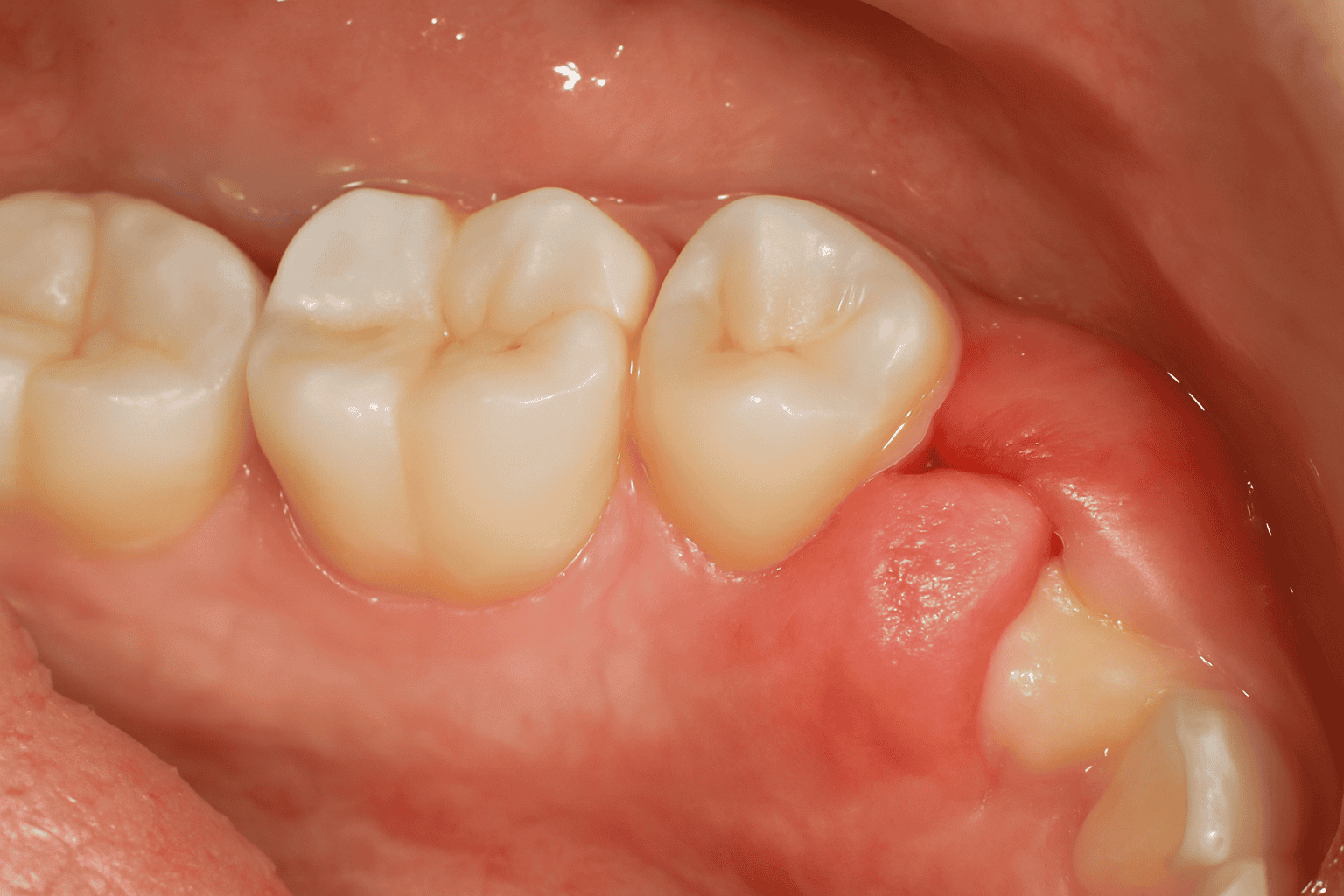
Apikal Resectionis a surgical procedure performed on teeth that fail to heal despite root canal treatment or that have inflammation at the root apex. In this procedure, the infected tissue at the root apex is surgically removed, the tip of the root is cut open, and the area is then examined. The cleaned area is then filled with a special filling.
Aim: It is to save the tooth without extraction and to prevent the spread of infection in the surrounding tissues.
Advantages
Prevents tooth extraction
Relieves persistent inflammation and pain
Protects aesthetics and chewing function
It is usually performed under local anesthesia and provides successful results.
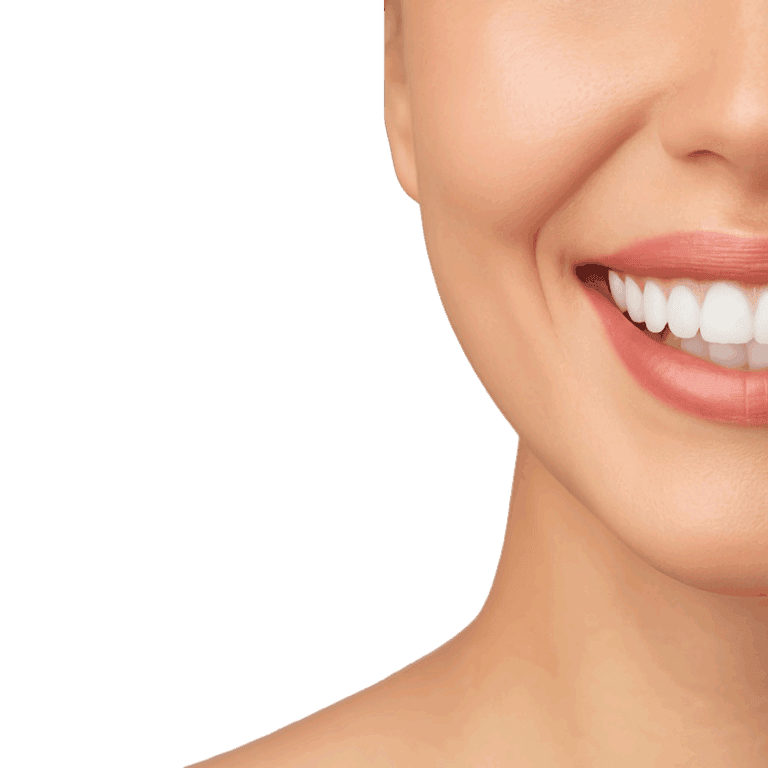
Jaw Cysts: They are slowly growing pathological cavities filled with fluid or semi-fluid. They are most commonly seen in the jawbones. Because they are initially asymptomatic, they can be diagnosed late. Treatment is surgical; delays can lead to serious consequences such as facial deformity, inflammation, and tumor formation.
Jaw Tumors: It usually results from abnormalities in tooth development. It can be benign or malignant and requires surgical removal. The tumor's structure is determined by microscopic pathological examination, and treatment is planned based on these findings.
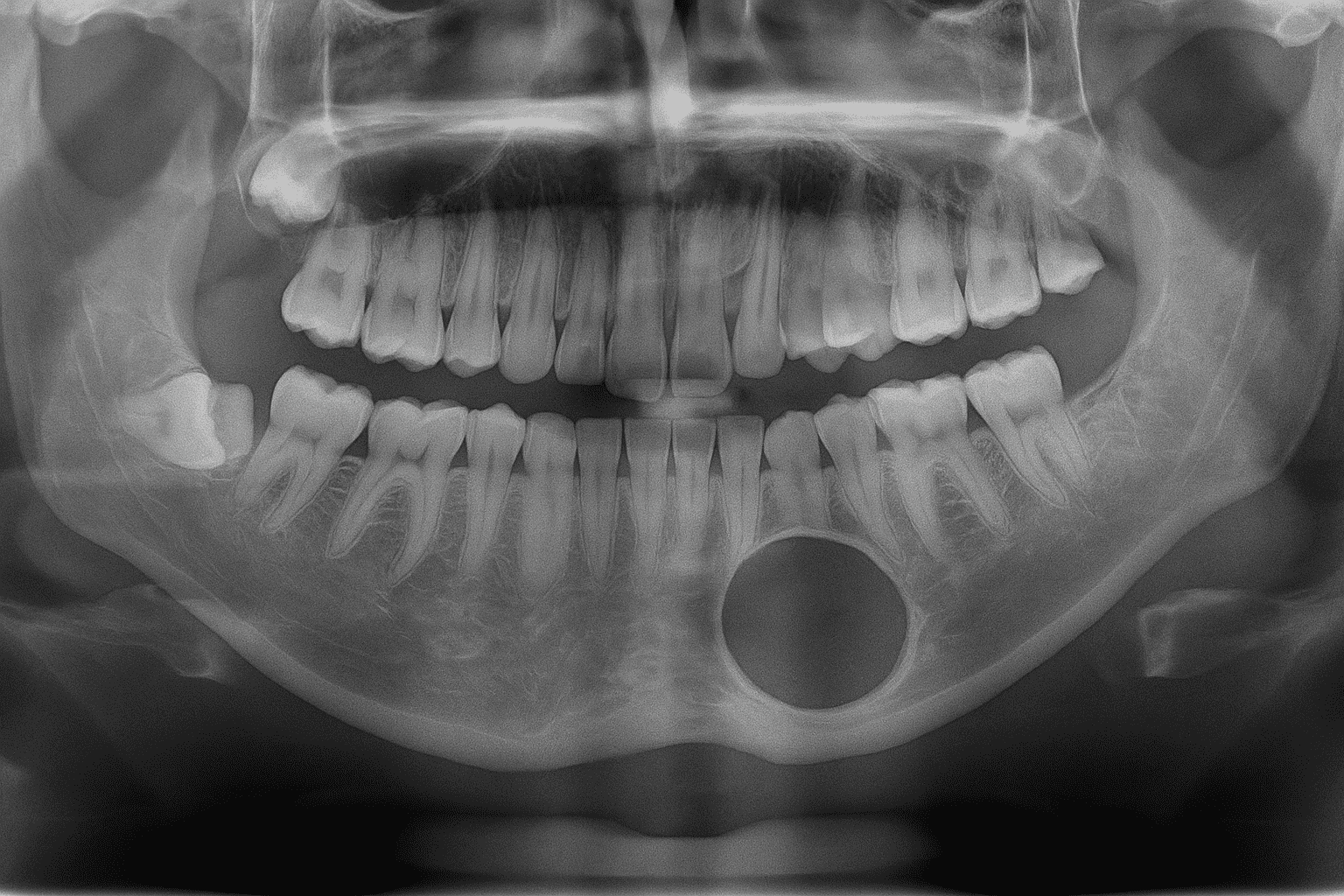
Orthognathic surgery encompasses procedures aimed at correcting skeletal and dental deformities in the jaw and face. It is typically performed to address jaw misalignment, facial aesthetic issues, and functional problems.
Main Application Areas:
Positioning of the lower or upper jaw forward, backward or sideways
Jaw developmental disorders (hypoplasia or asymmetry)
Open bite
The tip of the chin is prominent, recessed or disproportionate
Volume or position disorders in the cheekbones
Deformities due to accidents or tumors
Jaw closing disorders (malocclusion)
This surgery targets both aesthetic and functional problems.
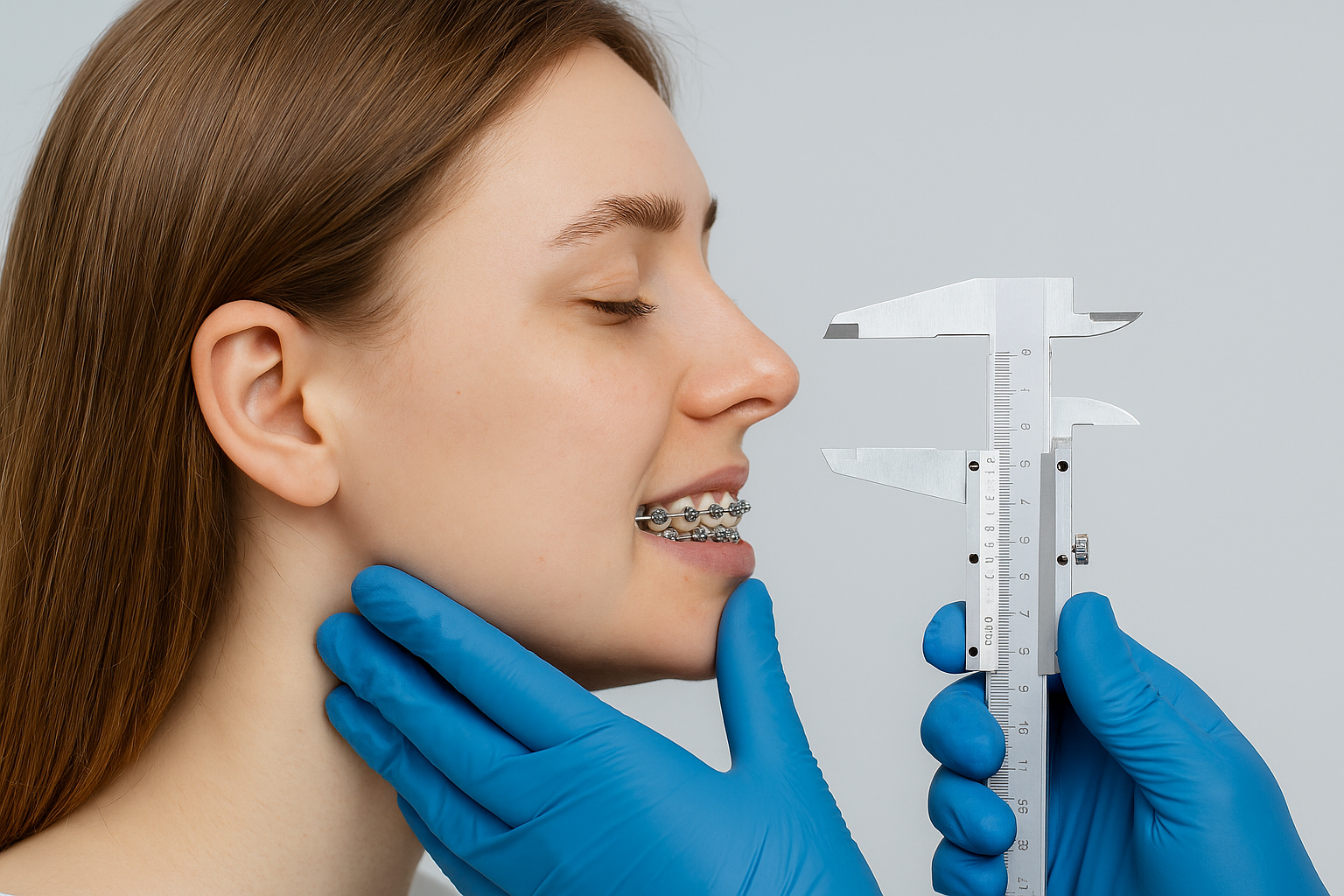
dental laseris a non-ionizing light that does not accumulate in the tissue and can be used safely at all ages.
Areas of Use:
Implant surgery and gum treatments
Teeth whitening and aesthetic procedures
Caries cleaning and root canal treatment
Canker sores, cold sores and jaw muscle problems
Impacted tooth extraction and wound healing
Advantages
Makes surgical procedures easier
Reduces pain, swelling and risk of infection
Shortens recovery time
Reduces the need for anesthesia and stitches
Treatments become more comfortable and faster, providing great convenience especially for sensitive patients.
